Top Image: The devastated downtown of Hiroshima with the dome of the Hiroshima Prefectural Industrial Promotion Hall visible in the distance. National Archives photo.
By July 1945, Germany had surrendered, and the war in Europe was over. Japan, however, refused to submit to the terms outlined in the Allies’ Potsdam Declaration. It appeared to American leaders that the only way to compel Japan’s unconditional surrender was to invade and conquer the Japanese home islands. Although an estimated 300,000 Japanese civilians had already died from starvation and bombing raids, Japan’s government showed no sign of capitulation. Instead, American intelligence intercepts revealed that by August 2, Japan had already deployed more than 560,000 soldiers and thousands of suicide planes and boats on the island of Kyushu to meet the expected American invasion of Japan. Additional reports correctly surmised that the Japanese military intended to execute all American prisoners in Japan in the event of an Allied landing. These frightening figures portended a costlier battle for the United States than any previously fought during the war. By comparison, US forces suffered 49,000 casualties, including 12,000 men killed in action, when facing less than 120,000 Japanese soldiers during the battle for the island of Okinawa from April to June of 1945. At least 110,000 Japanese soldiers and more than 100,000 Okinawan civilians, a third of the island’s prewar population, also perished in the campaign. American casualties on Okinawa weighed heavily on the minds of American planners who looked ahead to the invasion of Japan. Japan’s leaders hoped to prevail, not by defeating American forces, but by inflicting massive casualties and thereby breaking the resolve of the American public.
This was the situation that confronted American President Harry S. Truman in the summer of 1945 when he authorized the use of the world’s first atomic bomb. In light of intelligence reports about Japan’s commitment to continue fighting, Truman and his military advisors were determined to use every weapon at their disposal in order to bring the war to an immediate end. Consequently, neither Truman nor any of his advisors ever debated if the atomic bombs should be used, only how and where they should be used. In the spring of 1945, the American government convened a committee of scientists and military officers to determine how best to use the bombs. This group unanimously declared that there was no guarantee that demonstrating the bombs to the Japanese in a deserted area would convince Japanese leaders to surrender. It was vital that Japan be convinced to surrender as fast as possible because the United States had just two atomic bombs available in July 1945 and additional weapons would not be ready to deploy for several more weeks. Meanwhile, thousands of Chinese, American, and Japanese soldiers continued to die each day the war continued.
Consequently, Truman approved the long-standing plans for the US Army Air Forces to drop atomic bombs on a list of preselected Japanese cities. The list of targets excluded Tokyo and Kyoto because of their political and historic importance. Instead, the intended target of the first bomb was Hiroshima, a fan-shaped city of approximately 550,000 people that occupied the estuary of the Ota River. The city was also home to the headquarters of the Japanese army that defended the island of Kyushu as well as a number of war industries.
At 2:45 a.m. on Monday August 6, 1945, three American B-29 bombers of the 509th Composite Group took off from an airfield on the Pacific island of Tinian, 1,500 miles south of Japan. Colonel Paul Tibbets piloted the lead bomber, “Enola Gay,” which carried a nuclear bomb nicknamed “Little Boy.” Despite the bomb’s moniker, it weighed nearly 10,000 pounds. As a result, the overloaded Enola Gay used more than two miles of runway to get aloft. At 7:15 a.m., the bomber crew armed the bomb, and the plane began its ascent to the bombing altitude of 31,000 feet.
The B-29 Superfortress Enola Gay on the island of Tinian. US Army Air Forces photo.
Meanwhile, in Hiroshima, Reverend Kiyoshi Tanimoto awoke at 5 a.m. Hiroshima time, which was an hour behind Tinian time. Tanimoto was the pastor of the Hiroshima Methodist Church, and “a small man, quick to talk, laugh, and cry.” Tanimoto was a thoughtful and cautious man who had sent his wife and baby to the relative safety of a northern suburb. Tanimoto remained in the city to remove the transportable objects in his church to the safety of a suburban estate. He had slept poorly because of several air raid warnings the previous night. Hiroshima had not yet endured an American bombing raid, but its good fortune was not expected to last. That morning, Tanimoto had agreed to help a friend move a large armoire filled with clothes out to the suburbs. As the two men trundled the piece of furniture through the streets, they heard an air raid siren go off. The alarm sounded every morning when American weather planes flew overhead, so the men were not particularly worried. They continued on with their handcart through the city streets. When the pair reached their destination, “there was no sound of planes. The morning was still; the place was cool and pleasant.”
At 8:14 a.m. Hiroshima time, the Enola Gay arrived over the city. The Aioi Bridge, which bombardier Thomas Ferebee used as an aiming point, was clearly visible through the plane’s bombsight. Ferebee took control of the bomber and opened the bomb bay doors. Just after 8:15 a.m., Ferebee released Little Boy from its restraints and the bomb fell away from the Enola Gay. The plane jumped nearly 10 feet at the sudden loss in weight. Tibbets immediately resumed control of the plane and banked it sharply on a 155 degree turn. He had practiced this difficult maneuver for months because he had been instructed that he had less than 45 seconds to get his plane clear of the subsequent explosion. Not even the scientists who designed the bomb were sure if the Enola Gay would survive the shock waves from the blast.
Little Boy fell almost six miles in 43 seconds before detonating at an altitude of 2,000 feet. The bomb exploded with the force of more than 15,000 tons of TNT directly over a surgical clinic, 500 feet from the Aioi Bridge. Less than two percent of the bomb’s uranium achieved fission, but the resulting reaction engulfed the city in a blinding flash of heat and light. The temperature at ground level reached 7,000 degrees Fahrenheit in less than a second. The bomb vaporized people half a mile away from ground zero. Bronze statues melted, roof tiles fused together, and the exposed skin of people miles away burned from the intense infrared energy unleashed. At least 80,000 people died instantly.
A mushroom cloud rises over Hiroshima after the atomic bomb exploded at 9:15 AM on August 6, 1945. Photo by the Library of Congress.
Reverend Tanimoto saw “a tremendous flash of light cut across the sky… from east to west, from the city toward the hills. It seemed a sheet of sun.” Because Tanimoto was two miles from the epicenter of the explosion, he had a few seconds to throw himself between two large rocks in the garden of his friend’s house. “He felt a sudden pressure, and then splinters and pieces of board and fragments of tile fell on him.” The house had collapsed, along with the concrete wall surrounding the garden. The day grew darker and darker under a massive dust cloud.
A view of Hiroshima after the bombing. National Archives photo.
From the Enola Gay, Tibbets and his crew saw “a giant purple mushroom” that “had already risen to a height of 45,000 feet, three miles above our altitude, and was still boiling upward like something terribly alive.” Though the plane was already miles away, the cloud looked like it would engulf the bomber that had spawned it. “Even more fearsome,” to Tibbets, “was the sight on the ground below. At the base of the cloud, fires were springing up everywhere amid a turbulent mass of smoke that had the appearance of bubbling hot tar… The city we had seen so clearly in the sunlight a few minutes before was now an ugly smudge. It had completely disappeared under this awful blanket of smoke and fire.”
Destroyed fire trucks amid the wreckage of Hiroshima. National Archives photo.
In the minutes, hours, and days that followed the bombing, survivors in Hiroshima tried desperately to locate loved ones and care for the thousands of wounded. Some people exhibited horrible burns, while others who outwardly appeared unscathed later died painful deaths from radiation poisoning. Thousands of people were buried in the debris of their homes. Most structures in the city had been constructed of wood with tile roofs. All but a handful of concrete structures in the city center had been completely leveled.
A Japanese burn victim of the atomic bombings. National Archives photo.
President Harry Truman was aboard the cruiser USS Augusta on his way back from the Potsdam Conference when he learned of the bomb’s successful detonation. He immediately shared the news with his advisors and the ship’s crew. As the information was broadcast around the world, Allied soldiers around the globe felt as though they had received a reprieve from a death sentence. The end of World War II finally appeared to be in sight.
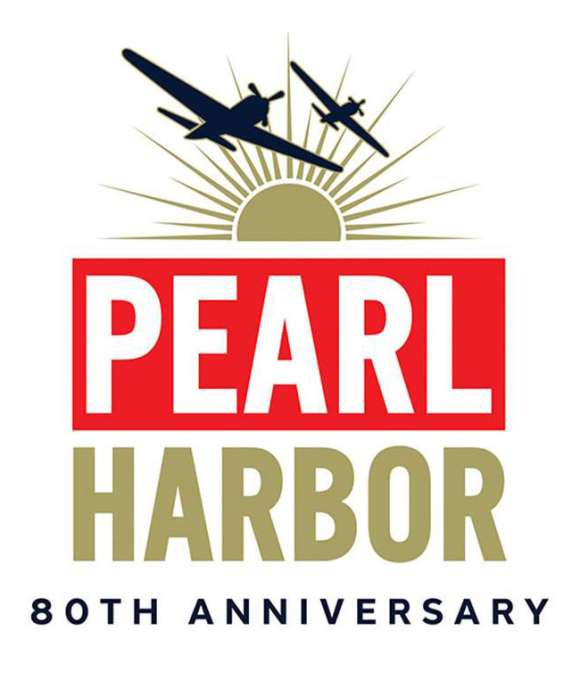
The Attack On Pearl Harbor December 7, 1941
The National WWII Museum will commemorate the 80th anniversary of Pearl Harbor with 80 days of articles, oral histories, artifacts, and more.
This article is part of an ongoing series commemorating the 75th anniversary of the end of World War II made possible by Bank of America.
Tyler Bamford
Tyler Bamford was the Sherry and Alan Leventhal Research Fellow at the Institute for the Study of War and Democracy at The National WWII Museum from 2019-2021. He obtained his PhD in history from Temple University and his BA in history from Lafayette College.
Cite this article:
MLA Citation:
APA Citation:
Chicago Style Citation:
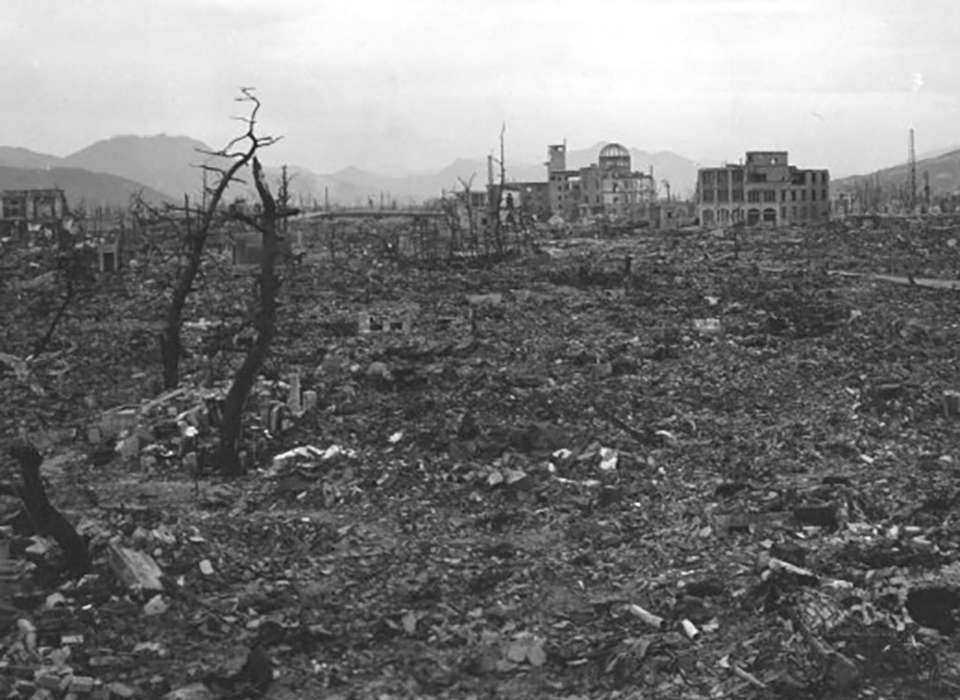
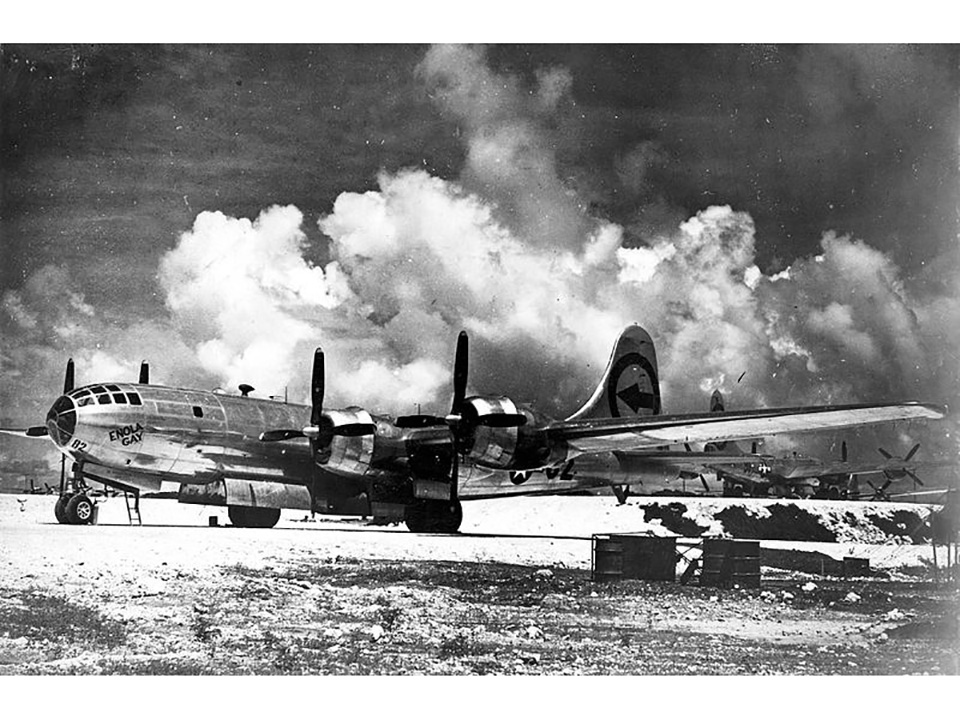
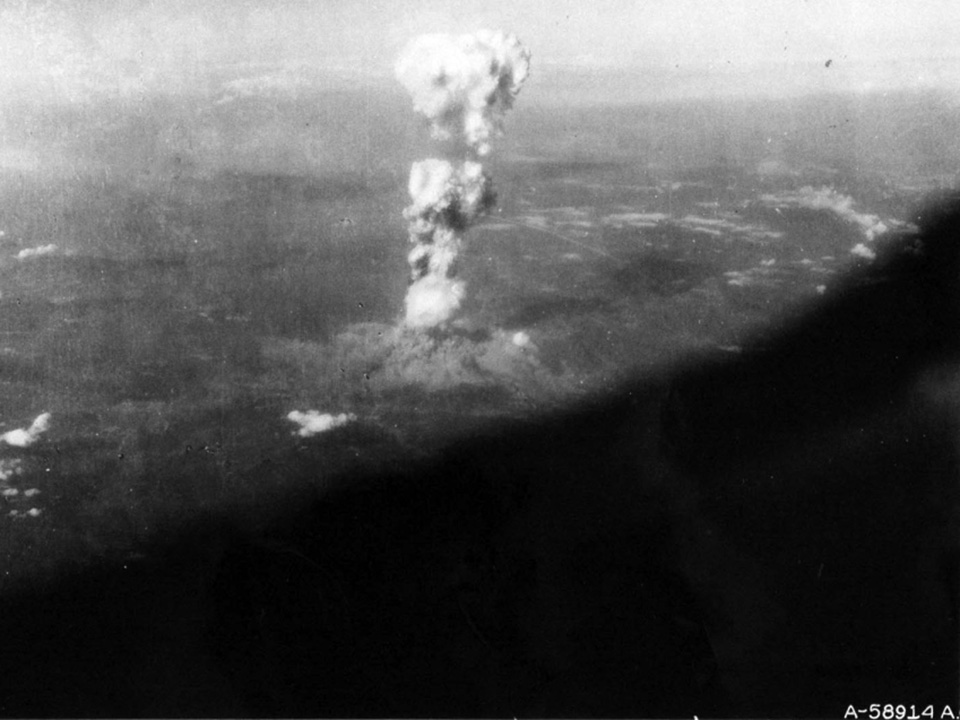
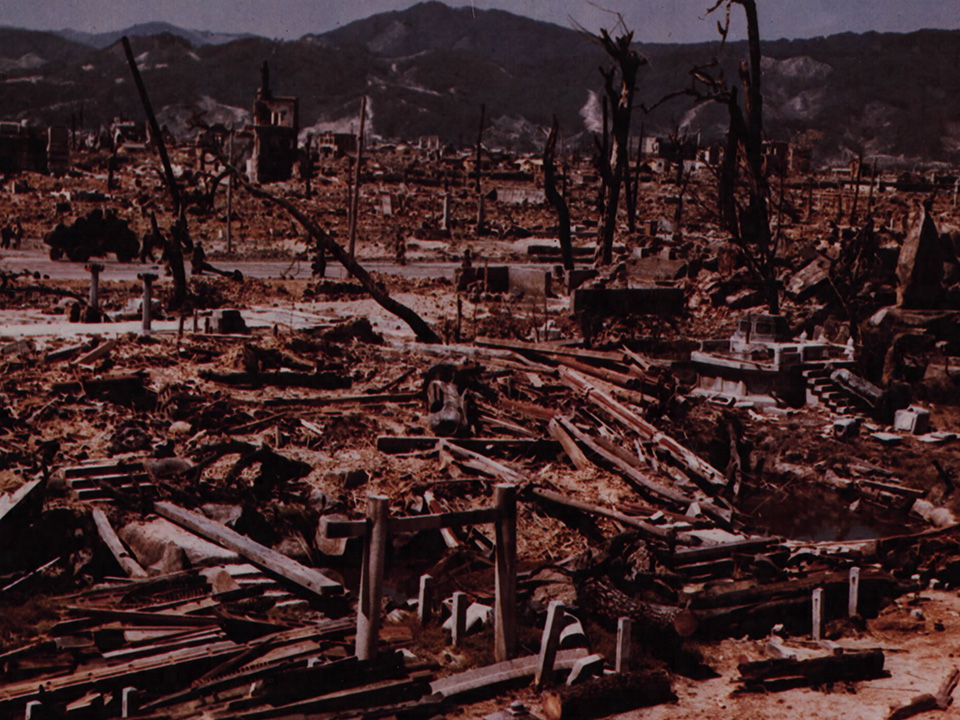
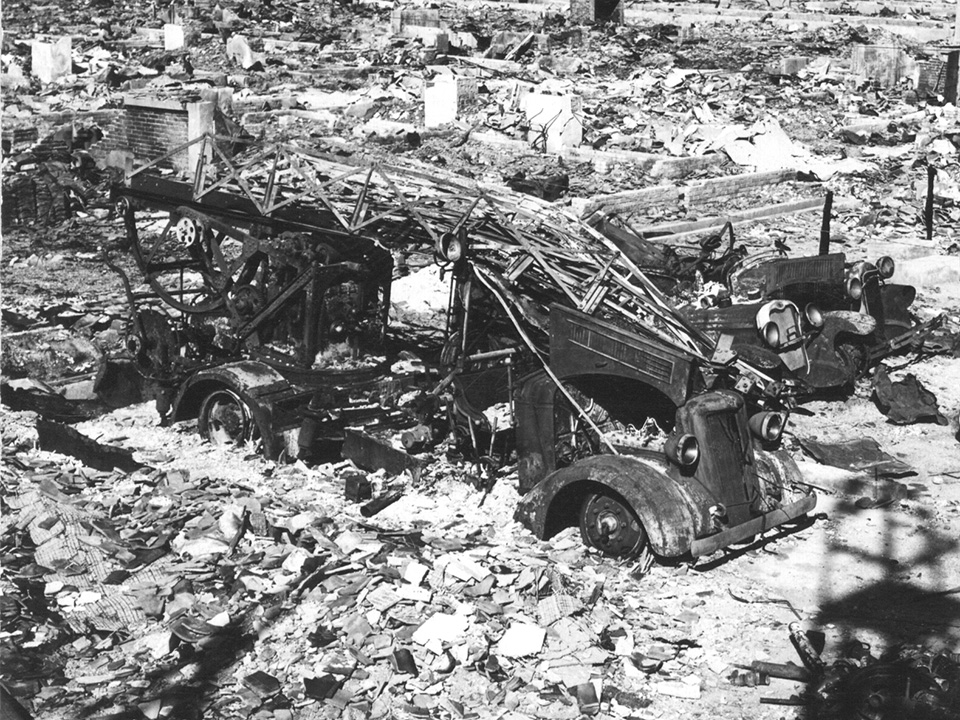
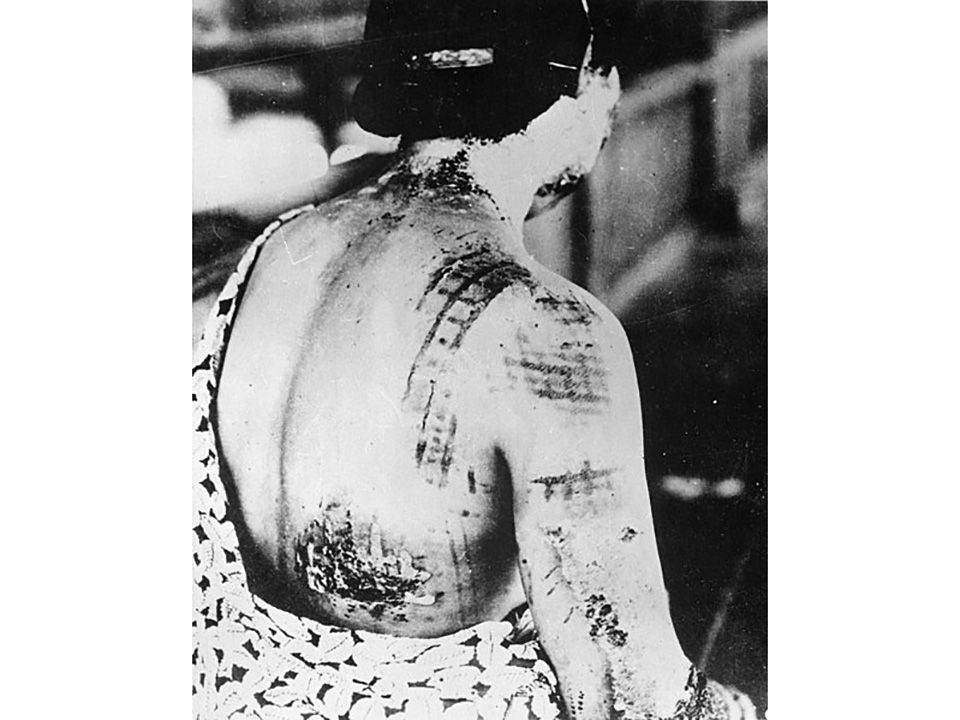

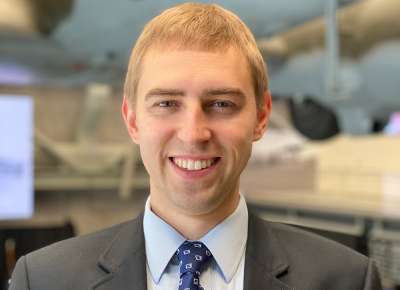
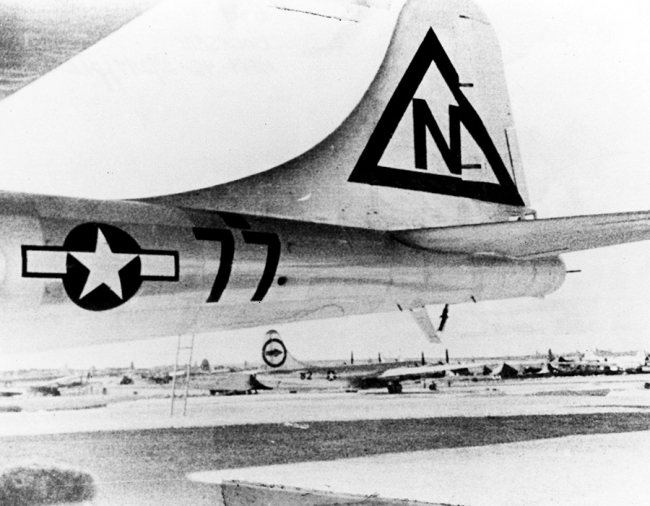





![Max Fuchs, New York City cantor, sings as Rabbi Sydney [sic] Lefkowitz, Richmond, VA, conducts the first Jewish services from Germany.](/sites/default/files/styles/max_650x650/public/2025-10/image1.jpg)

